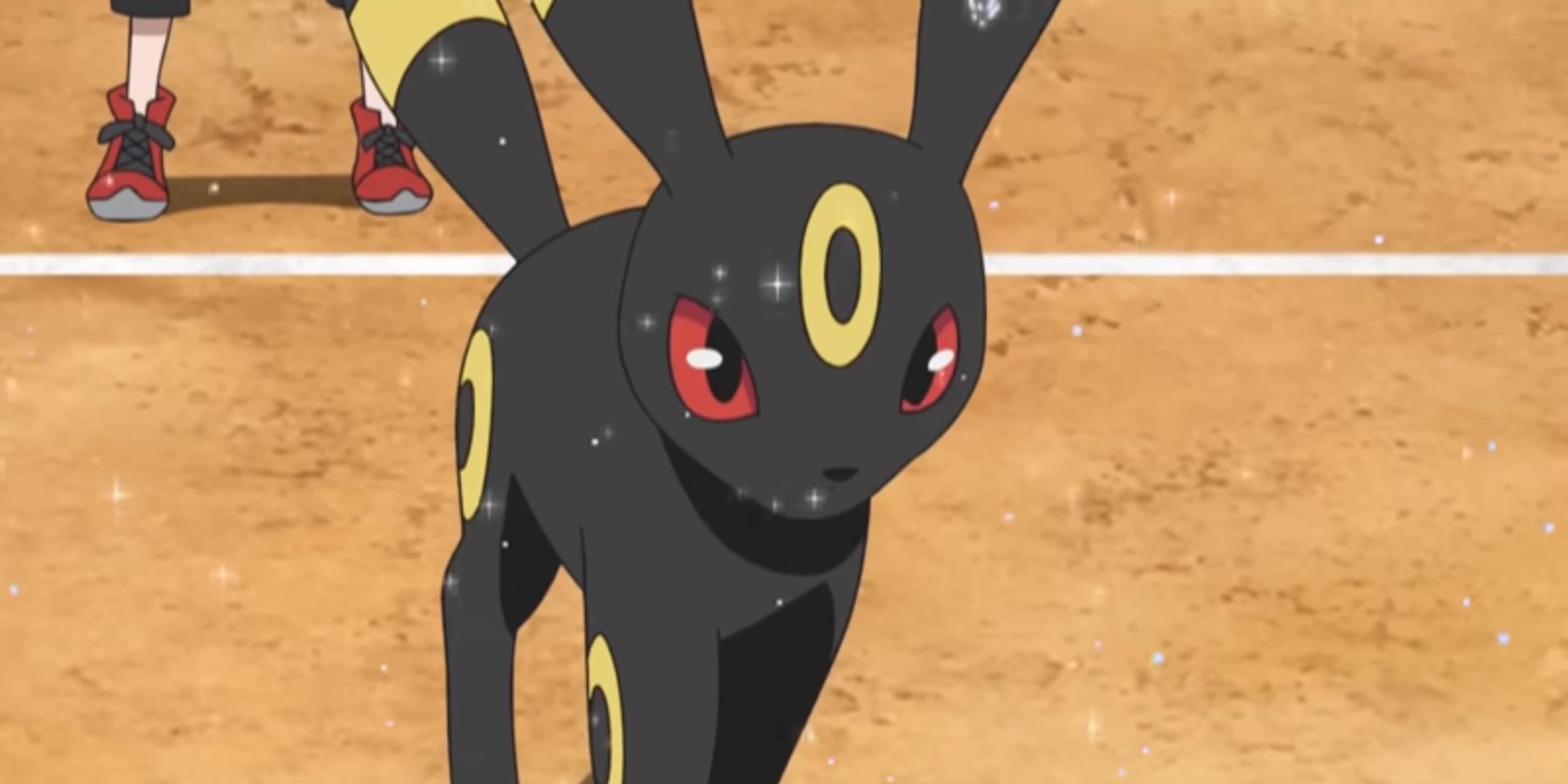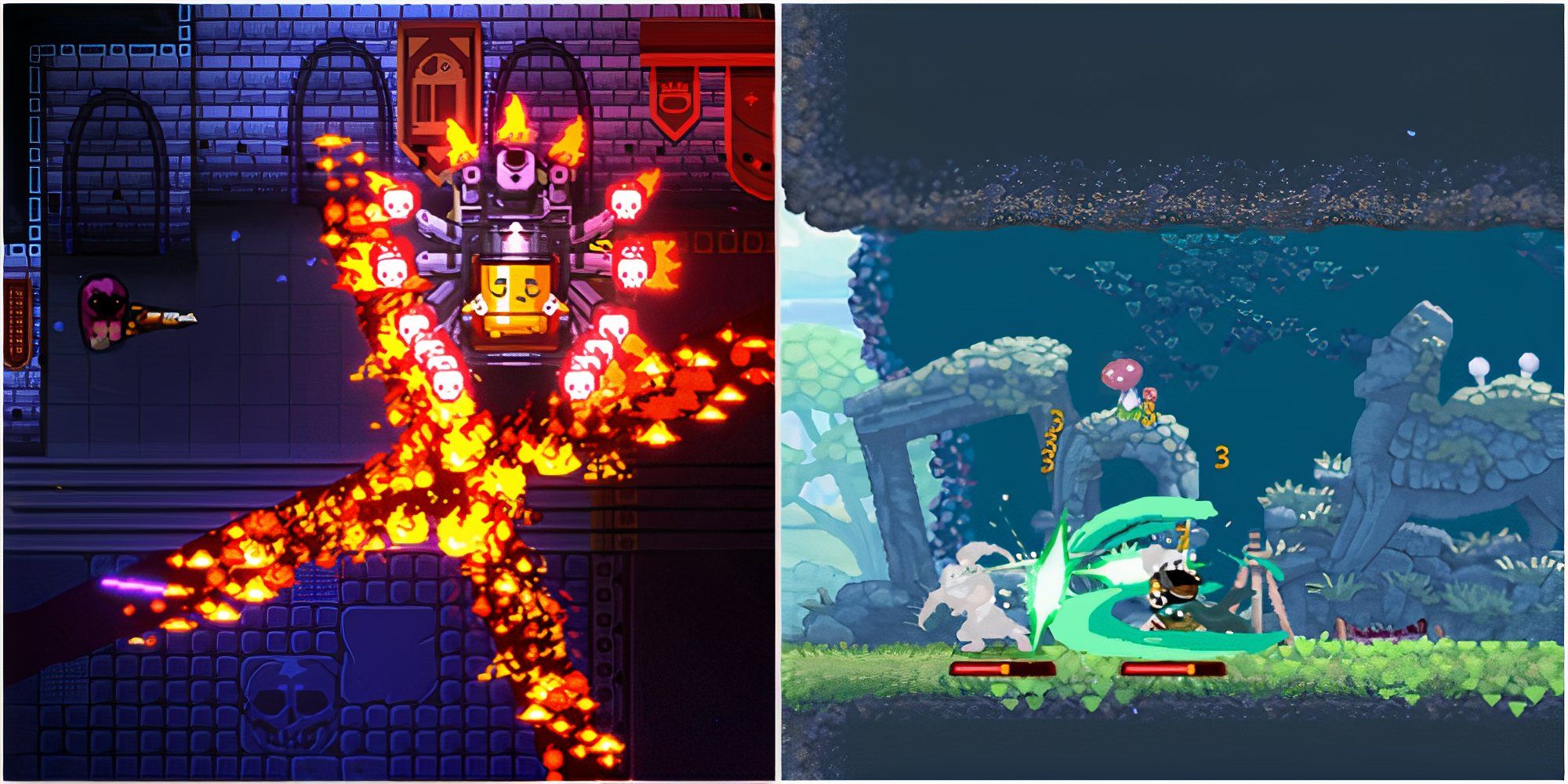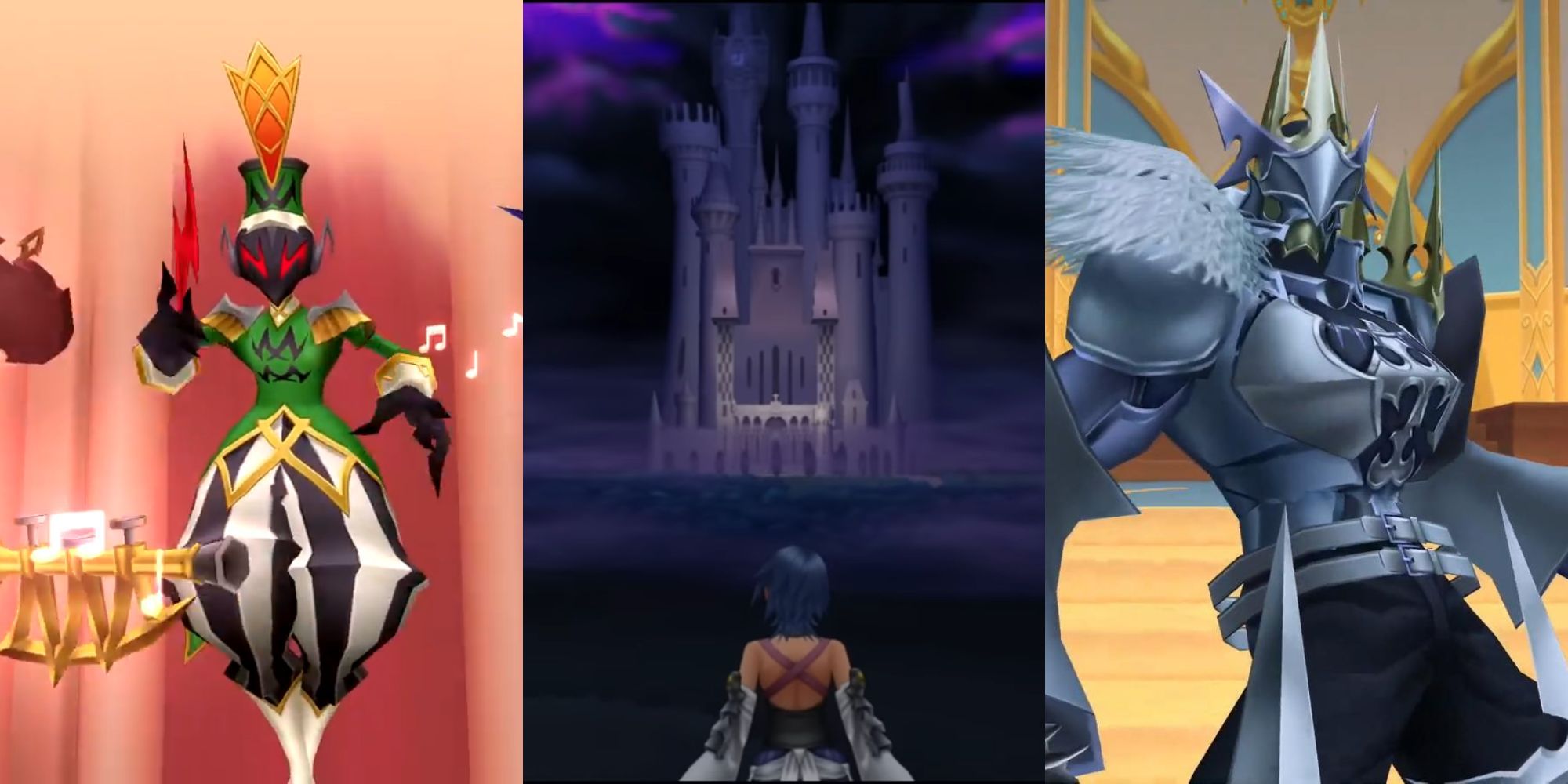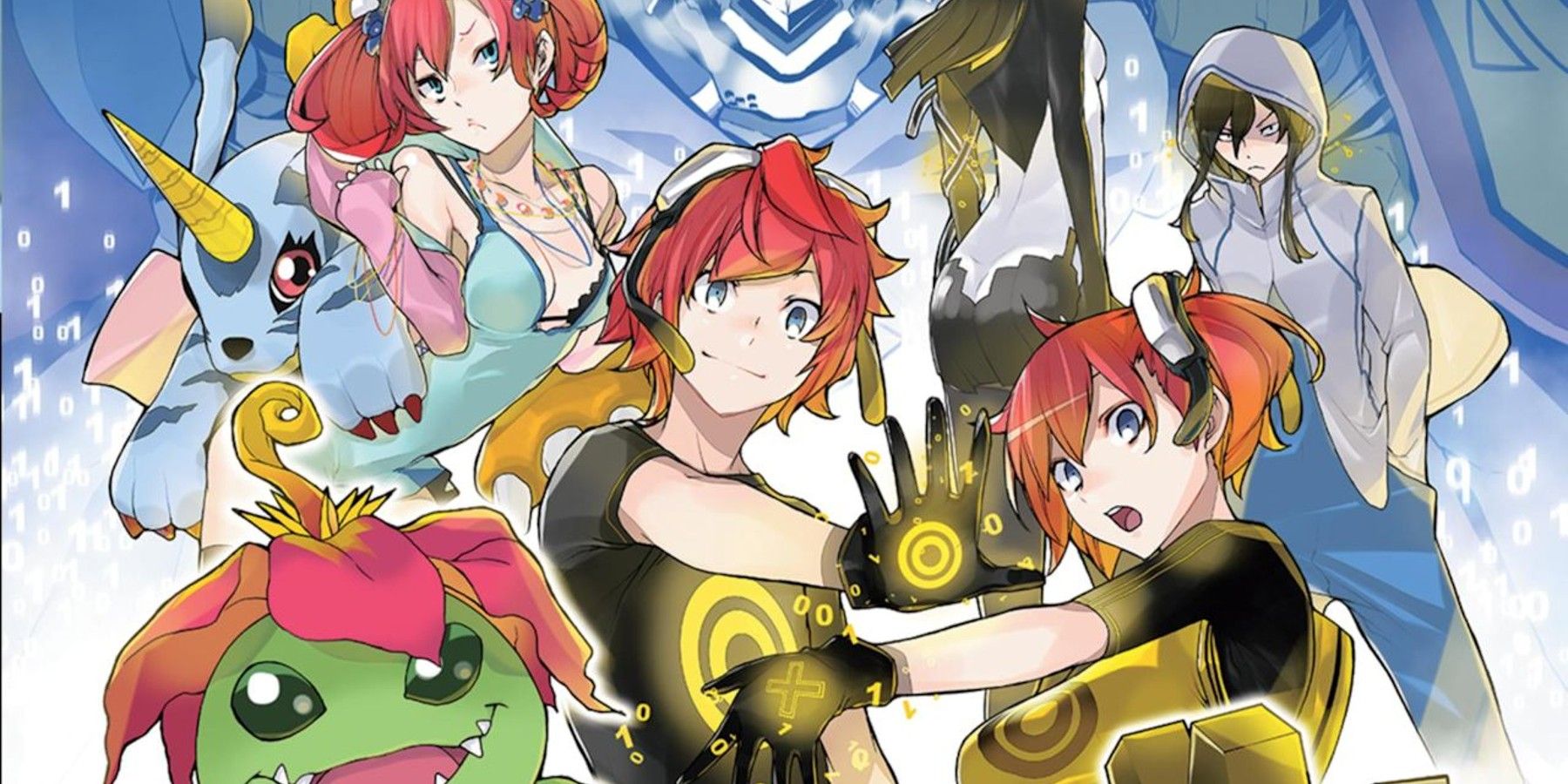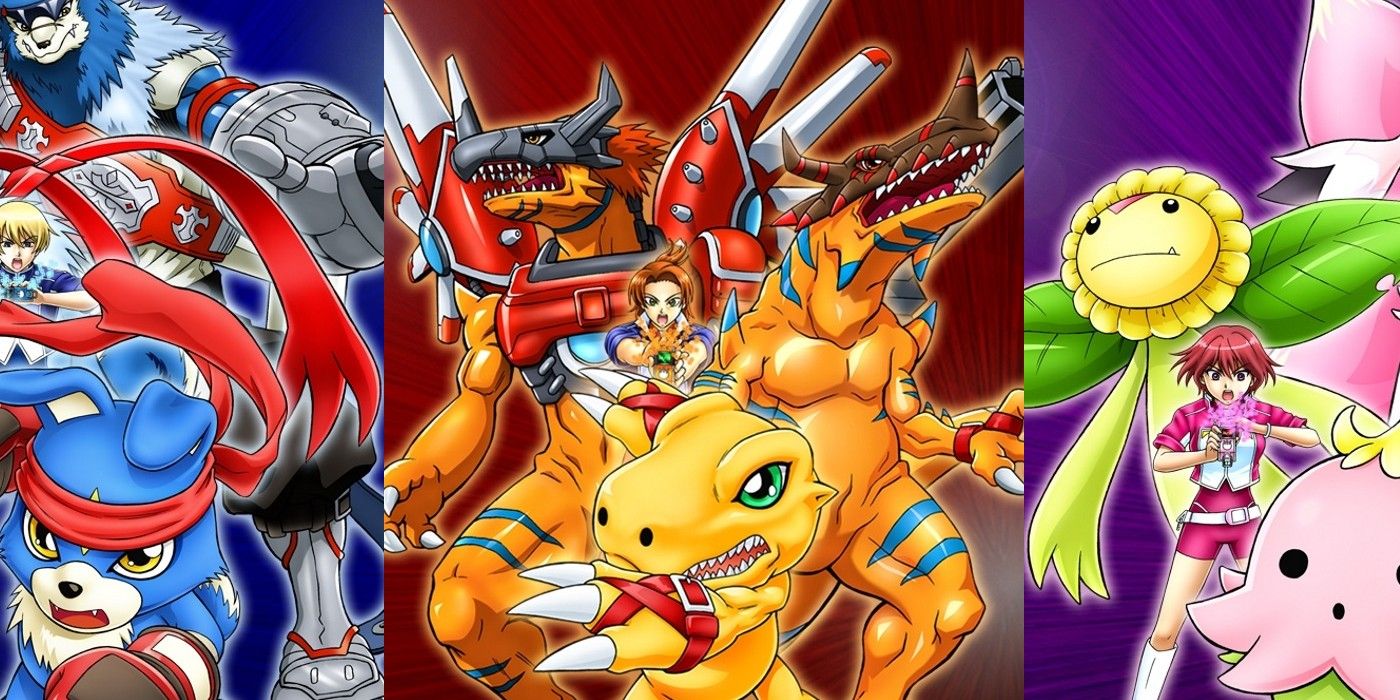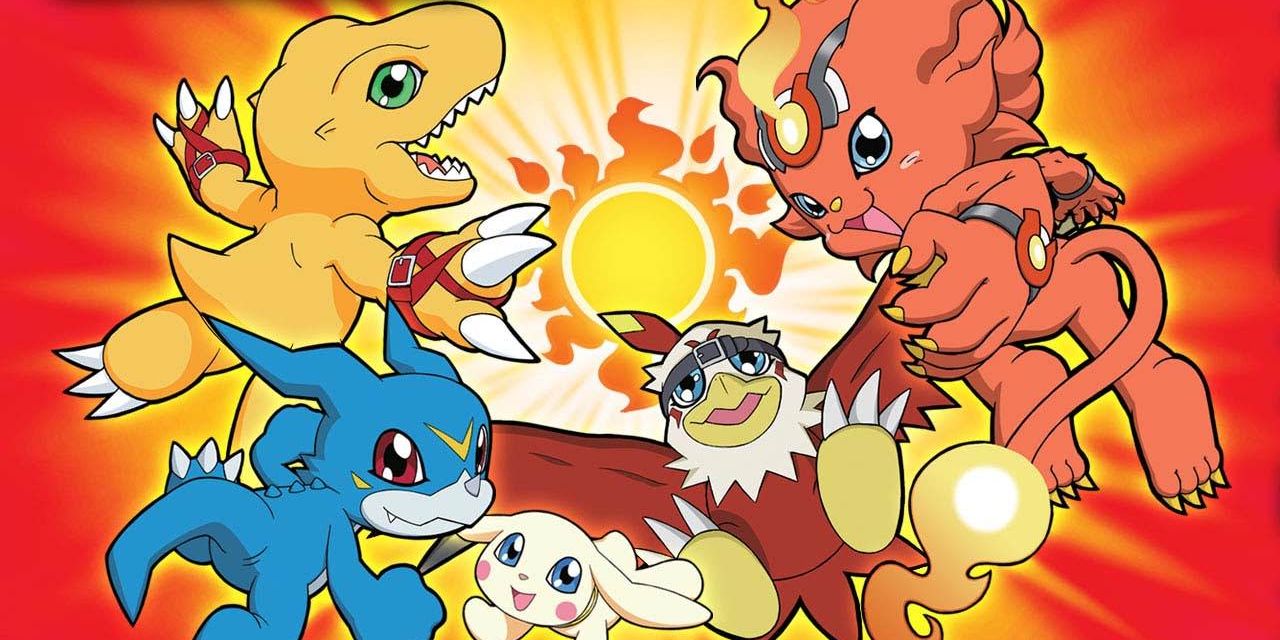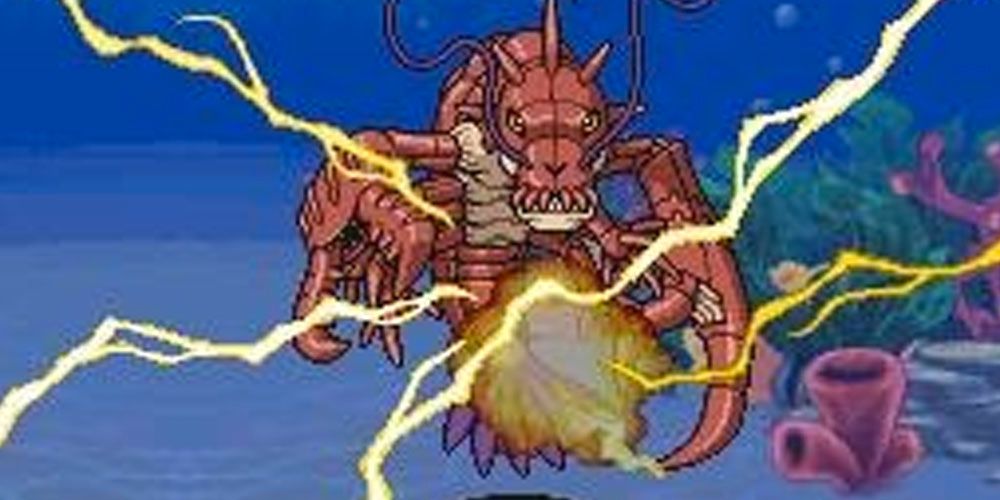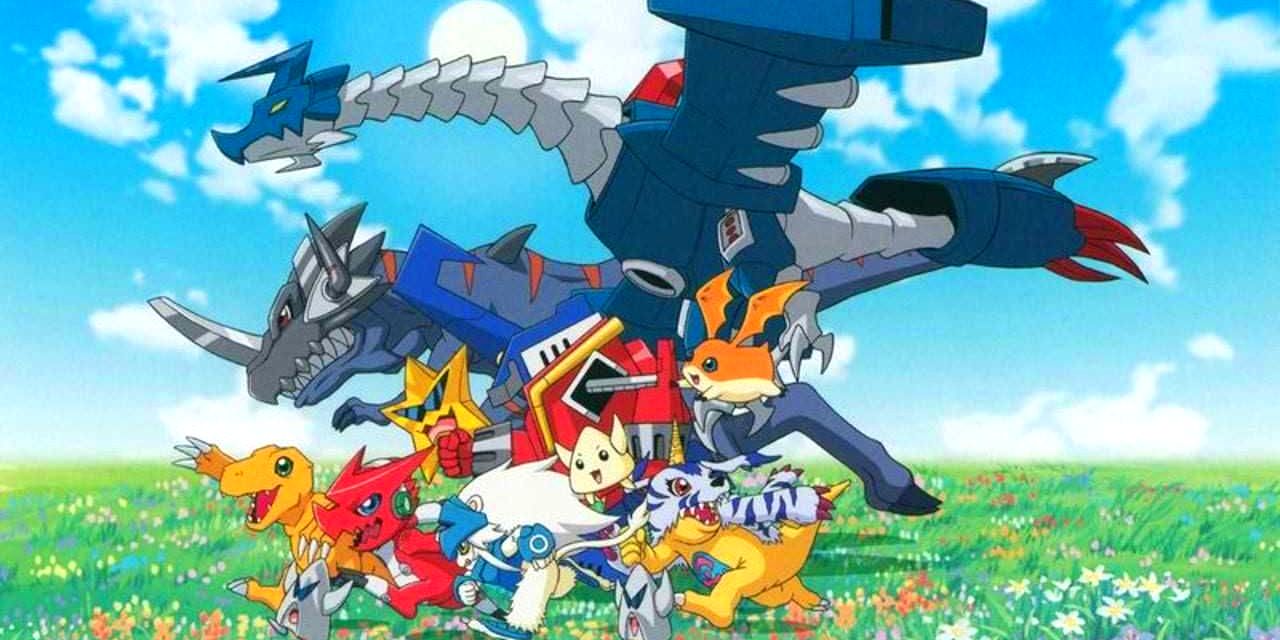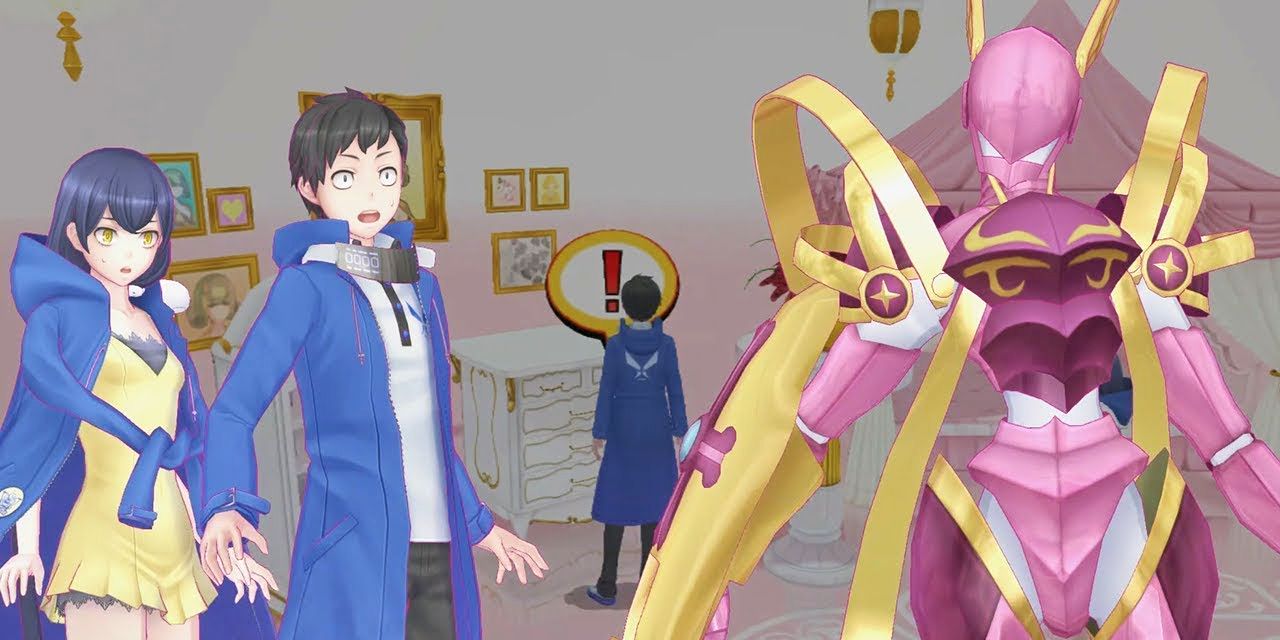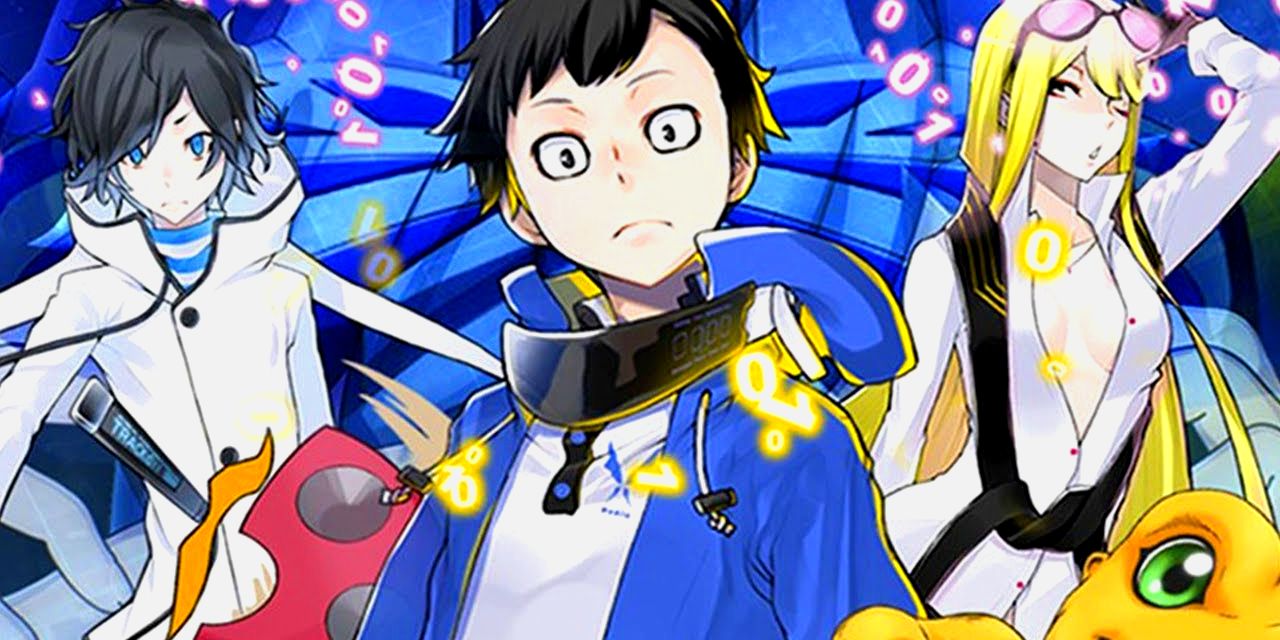Originally designed to be a competitor to the one of the biggest franchises on the planet, Pokemon, Digimon has managed to stand the test of time quite well, distinguishing itself from the competition by having a slightly more violent and adult tone. As such, Digimon was able to attract a teen audience, many of whom are still fans today. Being over 20 years old, Digimon, naturally, has had plenty of video game adaptations over the years, and the Digimon Story series may just be one of the best.
With its first entry releasing in 2006, the Digimon Story series bears a fairly close resemblance to the mainline Pokemon games, albeit with some unique gameplay mechanics. After the first game released on the Nintendo DS, the Digimon Story series remained primarily on portable systems, becoming many people's first introduction to the Digimon franchise as a whole.
Digimon World DS
Rather confusingly, the first Digimon Story game was called Digimon World DS in the US. Despite being branded as a Digimon World title, the game isn't actually a part of that particular series of Digimon titles, which has its own distinct gameplay formula and presentation. Digimon World DS has some fairly simplistic gameplay, but its high level of accessibility makes it the perfect handheld title.
Taking a multitude of cues from Pokemon, Digimon World DS lets players assume the role of a Digimon Tamer, who sets off on a journey to train and raise as many Digimon partners as they can. After taming a Digimon, players are able to build a Digi-Farm, which can then be used to train and level up the Digimon until they're ready to evolve. Digimon World DS' gameplay may have been a little derivative, but its bright and vibrant color palette made it stand out on the portable console.
Digimon World Dawn and Dusk
The direct sequel to Digimon World DS once again used the misleading "world" title. In Japan, Digimon World Dawn and Dusk was actually titled Digimon Story Sunburst and Moonlight, and once again, this title is not part of the Digimon World series, but is the second entry in the Digimon Story series. Taking another cue from the Pokemon franchise, this title had two different versions, labeled Digimon World Dawn, and Digimon World Dusk.
The different versions of the game determined the starter Digimon the player would receive, and would give them a unique physical sticker sheet within the game box. Gameplay-wise, Digimon World Dawn and Dusk follow the same formula as their predecessor, but add some new mechanics such as the ability to combine to similar level Digimon via DNA Digivolution, which provides stats boosts for the resulting monster.
Digimon Story Lost Evolution
2010 saw the release of Digimon Story Lost Evolution, a Japan-exclusive entry, once again on the Nintendo DS. Generally, the gameplay is once again the same, albeit with another handful of unique changes and tweaks, most of which have to do with streamlining the EXP system, and adding even more Digimon to the game.
Digimon Story Super Xros Wars Red and Blue
Another Japan-exclusive, Digimon Story Super Xros Wars once again released in two different version, Red and Blue. The main selling point of this sequel was that it added a plethora of Digimon from the Digimon Fusion anime, and let players control the main protagonist of the show, Mikey Kudo.
Digimon Story: Cyber Sleuth
Releasing in 2015 for the PS Vita and PS4, Digimon Story: Cyber Sleuth is the fifth, and by far the biggest entry in the series up to this point. On top of the Digi-Farm, players can now use the Digi-Lab to Digivolve and Degenerate their Digimon. This lav can also be used as a marketplace, where items that aid in training can be purchased. The general gameplay formula remains essentially the same, but with a significant layer of polish over every element, from the game's visuals to its monster variety to its battle system.
Digimon Story: Cyber Sleuth - Hacker's Memory
Acting as more of an expansion than a fully-fledged sequel, 2017's Digimon Story: Cyber Sleuth - Hacker's Memory uses all the same areas, artwork, and Digimon as its predecessor, but adds more content on top of it. Hacker's Memory adds a total of 92 new Digimon to the game, as well as some new areas and a new story.

